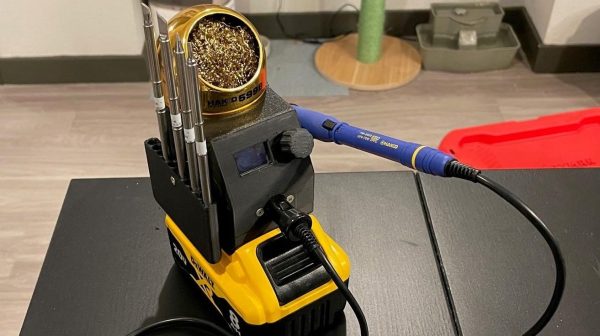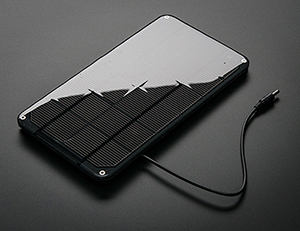Power tool batteries are a convenient portable power supply for all manner of different things. [Zachary Goode] noticed that Ryobi was using them to power soldering irons, but no such tool existed in the DeWalt range. Thus, he set about to build such a rig himself.
The build relies on a simple 3D-printed adapter to suck power from a DeWalt drill battery. It’s a little piece of plastic with spade terminals inserted to act as the contacts. Armed with this tool, [Zachary] included it as part of a simple compact portable soldering iron design that relies on the off-the-shelf T12-952 controller board. This allows him to use the rig with a wide variety of common soldering iron handpieces, like his favored Hakko FX-951. The design also features a lithium-ion battery protection circuit of [Zachary]’s own design, to make up for the fact that DeWalt don’t integrate them into their battery packs.
The high power density of lithium rechargeable batteries has led to a proliferation of portable soldering irons in recent years. Some are even completely handheld, with no external wires or power supplies to speak of. If you’ve been whipping up your own gear to solder on the go, don’t hesitate to drop us a line!







 [robin] has a Red Camera (lucky!), an absurdly expensive digital video camera. As you would expect the batteries are also absurdly expensive. What’s the solution?
[robin] has a Red Camera (lucky!), an absurdly expensive digital video camera. As you would expect the batteries are also absurdly expensive. What’s the solution? 
 All of the projects above rely on charging a battery through wall power, and sometimes even that is impossible. Solar is where we’re headed,
All of the projects above rely on charging a battery through wall power, and sometimes even that is impossible. Solar is where we’re headed, 









